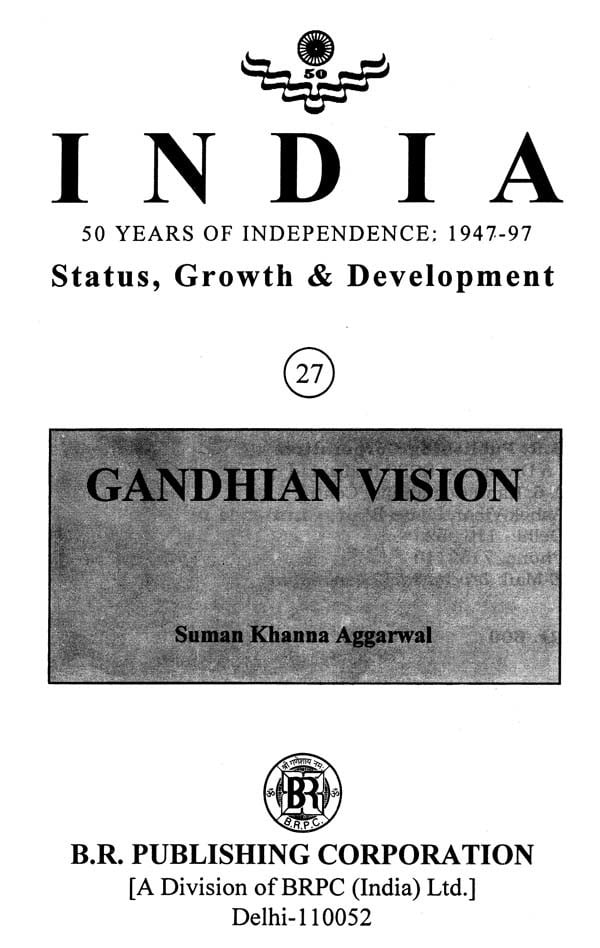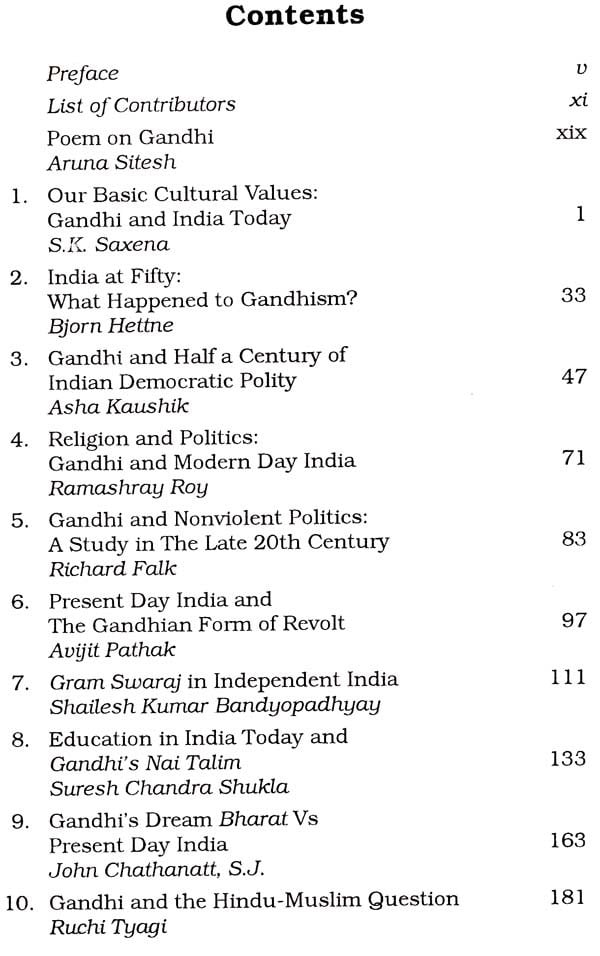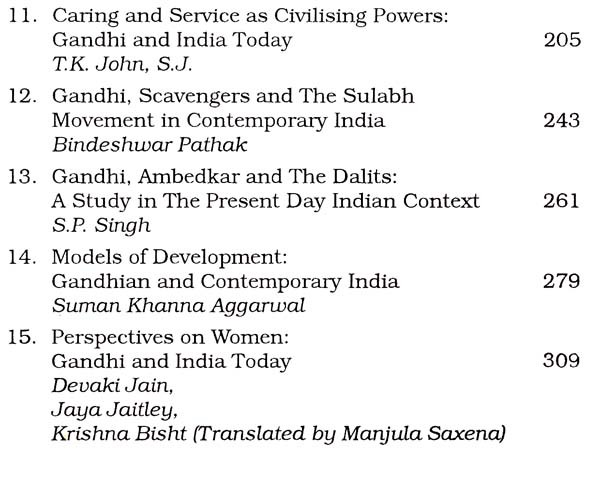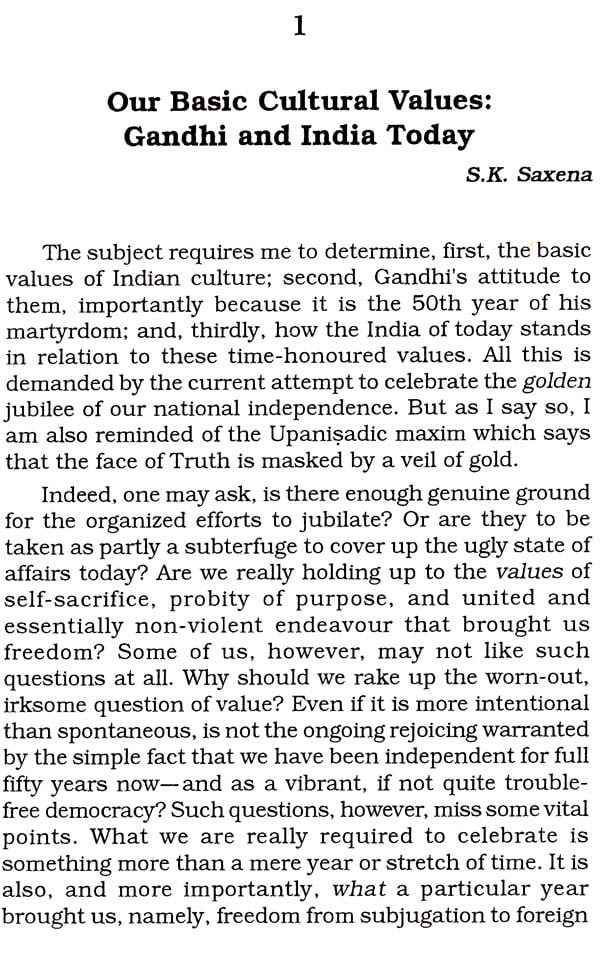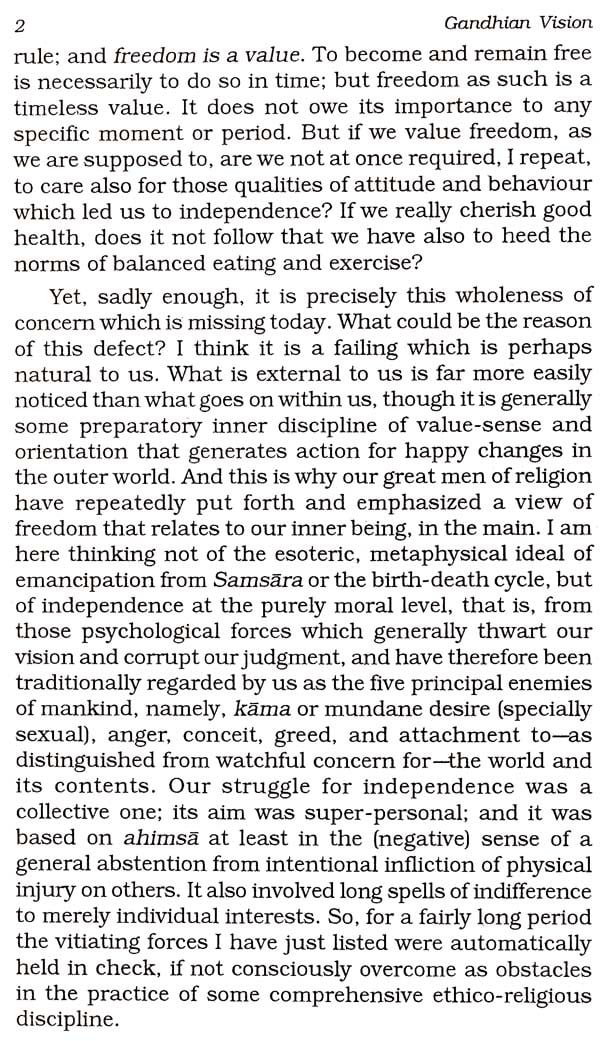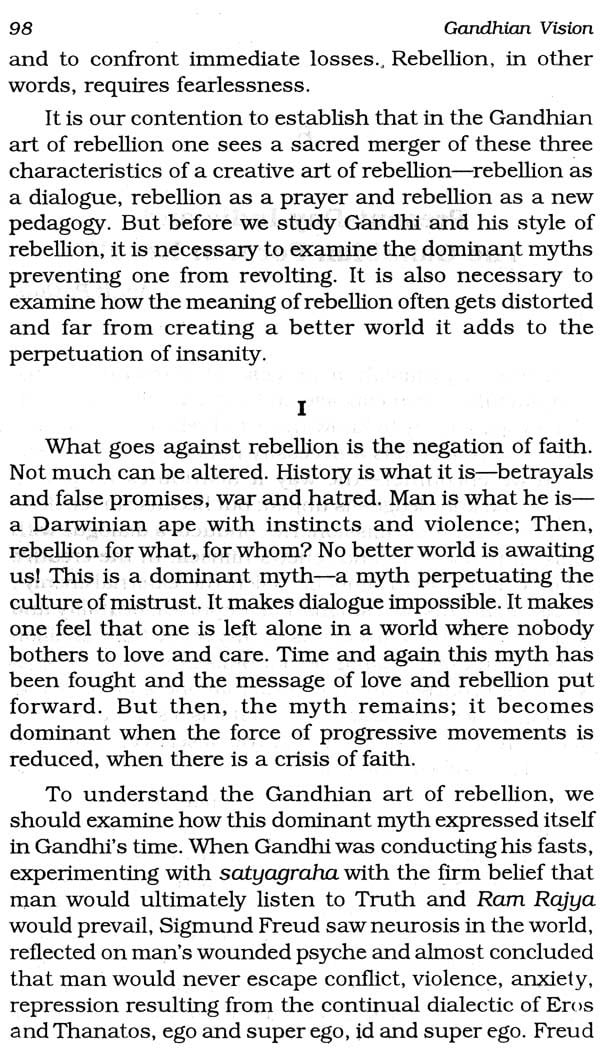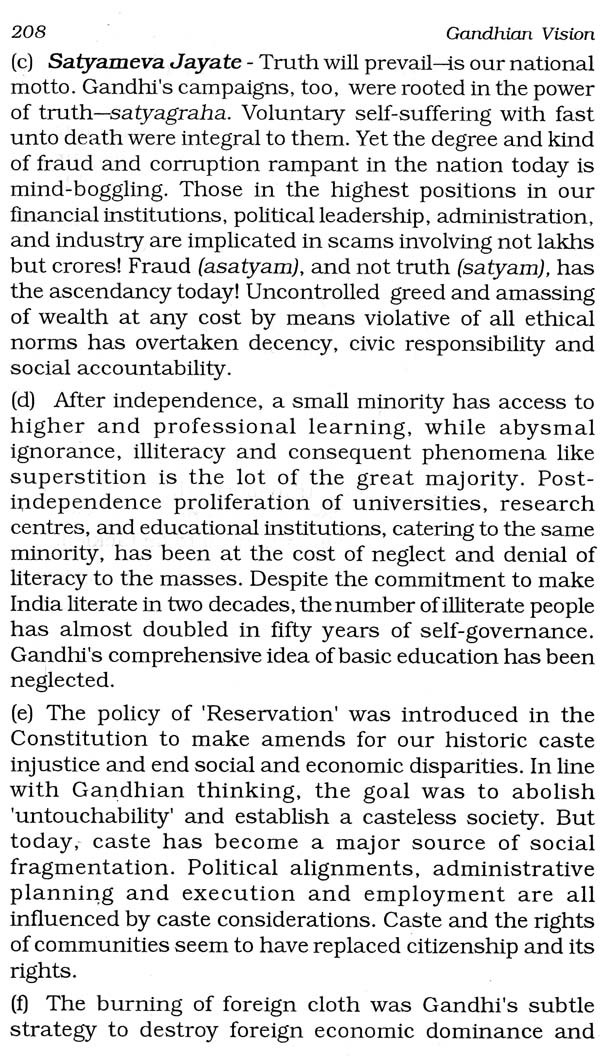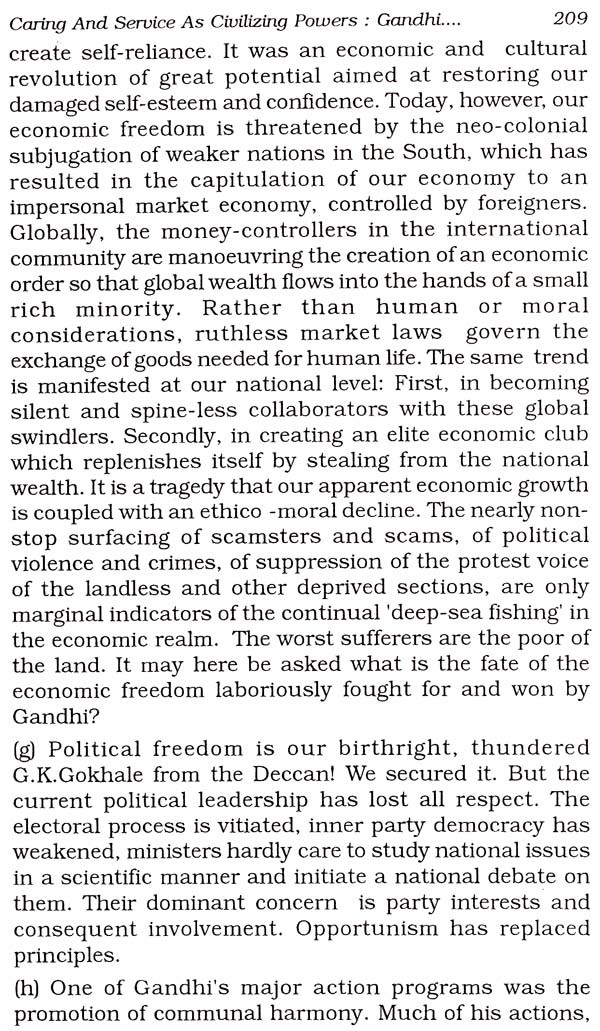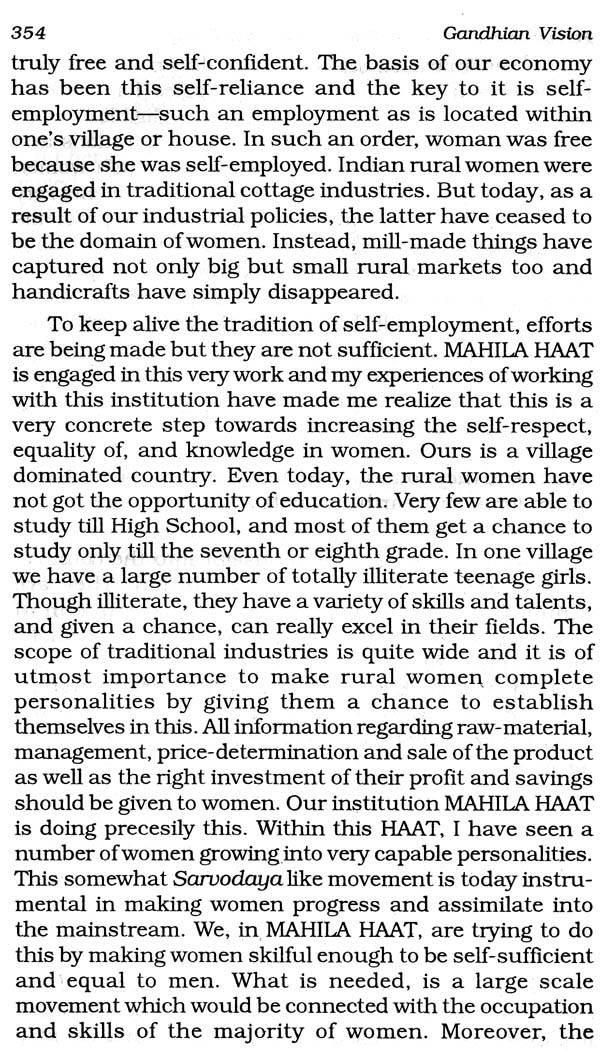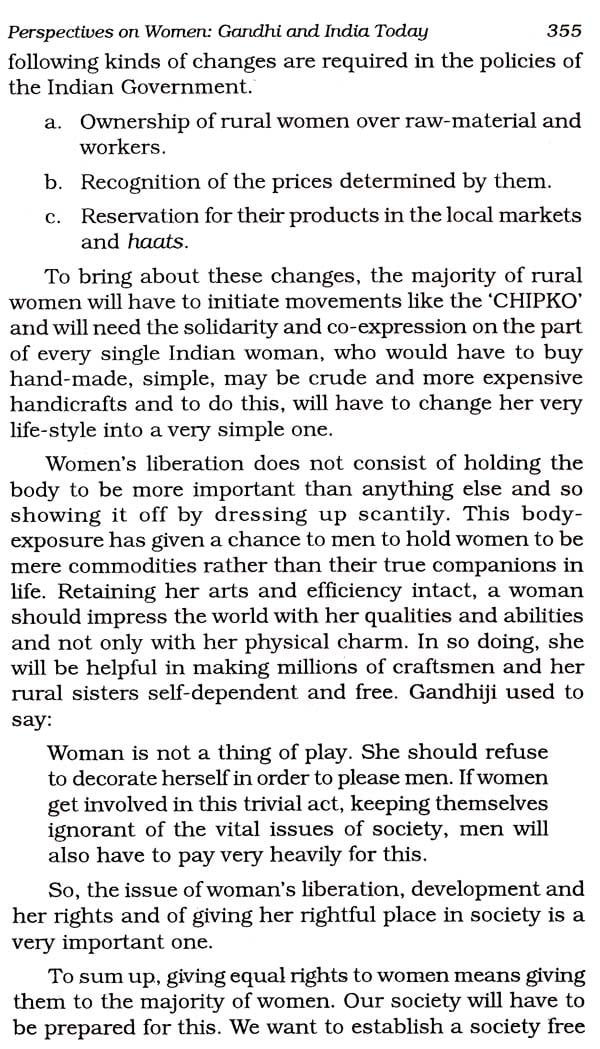About the Book August 15, 1997 heralded Independent India's fiftieth birthday. Be it an individual, institution, organization or a nation, fifty years of existence are always a time for reflection, introspection and ideally, celebration. Thus it is pertinent to assess where India stands today in different areas of national effort and attainment after half a century of Swaraj which means positive self-dependence and not mere independence from British colonial rule. For it was for the attainment of Swaraj that a whole generation of Indians made huge sacrifices of self, family, careers and even their very lives. In fact, for freedom fighters, the struggle for Swaraj was an overriding passion, and not only one of the many objectives of life. However, they were not the first to posit this word as an ideal. Its earliest use occurs in The Aryan Path of 1838 by Sophia Wadia. But it was left to Lokmanya Tilak to infuse the word with life giving power in his memorable utterance "Swaraj is my birthright and I will have it!" Further, in 1906 at the Congress Session in Calcutta, Dadabhai Naroji officially acclaimed Swaraj as the political goal of the Indian National Congress. Again in 1909 Mahatma Gandhi, the father of the nation-or Bapu, as he was affectionately called-titled his prophetic critique of Western civilization as Hind Swaraj. With his penchant for precision in the use of language, Gandhi preferred to use the word Swaraj in place of Independence because he wanted to highlight the positive qualities of life that he dreamt of in Independent India and which have been sanctified by our cultural traditions. To quote Gandhi:
**Contents and Sample Pages**
